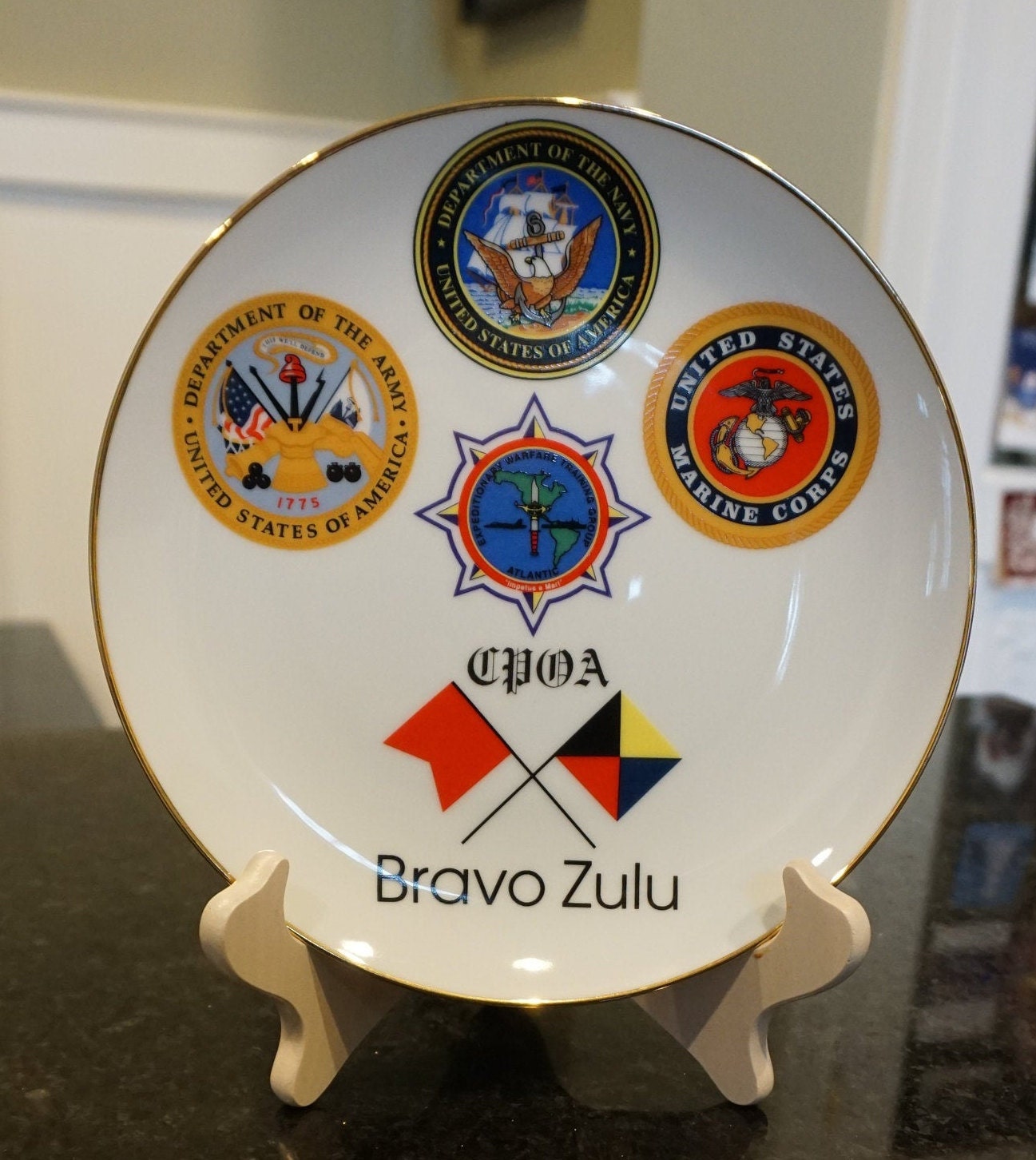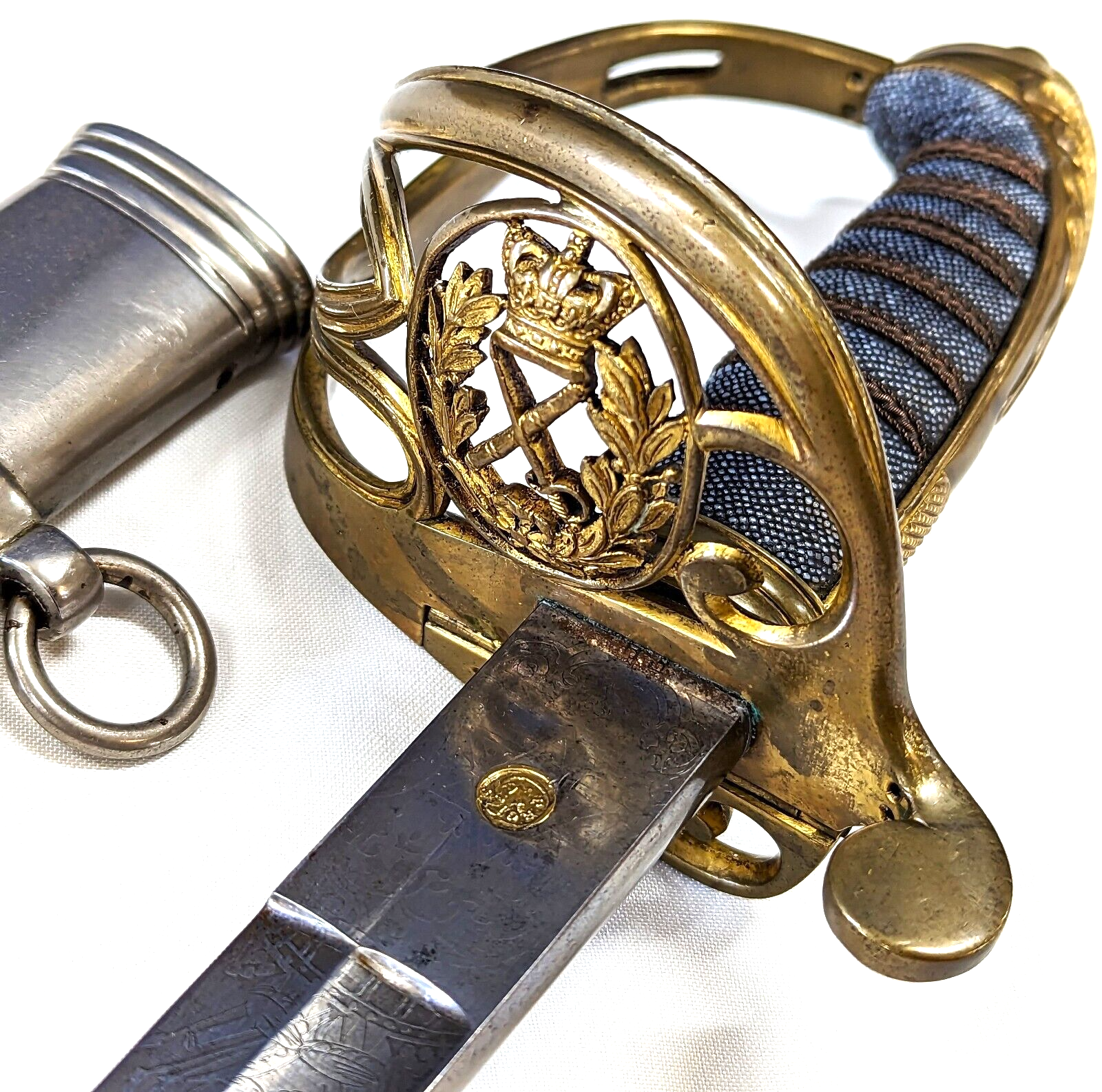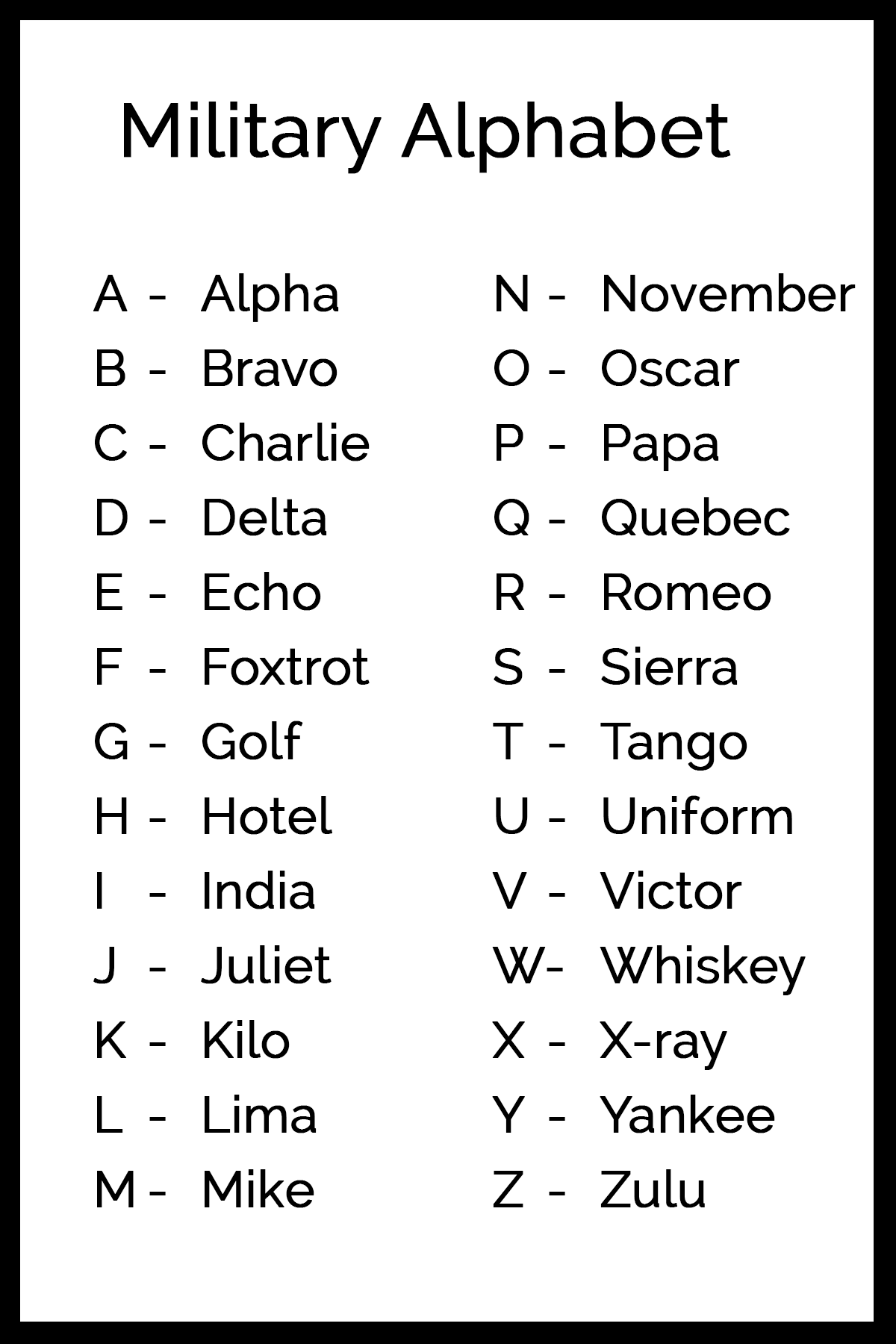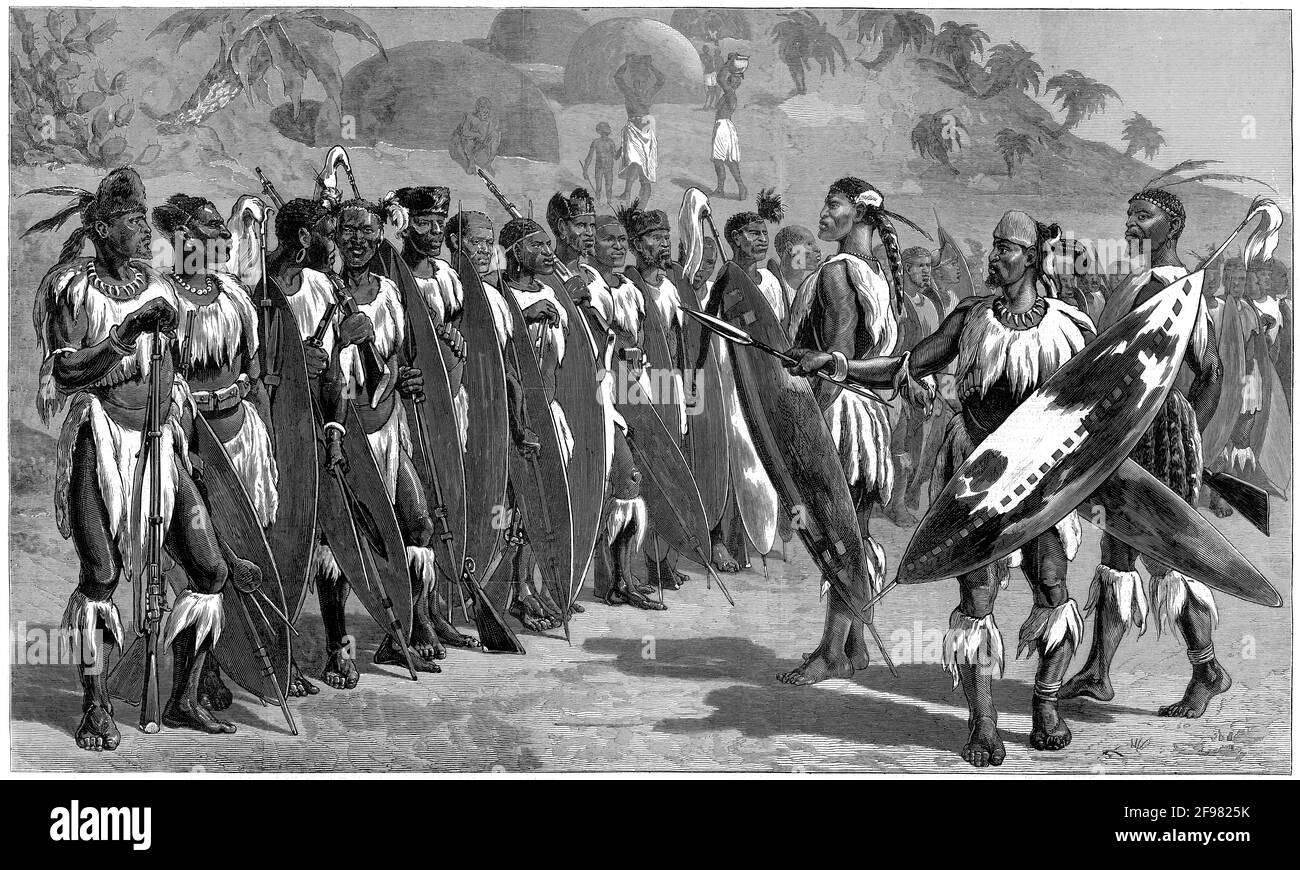Zulu Military Meaning - Was fought on 22 January 1879, where the Zulus destroyed a considerable British force, including the 1st Battalion, 24th Foot, and a company of Victorians.
52. Podcast The Battle of Isandlwana was fought on January 22, 1879; Where the Zulus destroyed a considerable force of British Victorian society: John Mackenzie's podcasts
Zulu Military Meaning

Leader Ntshingwayo kaMahole (seated) Zulu leader at the Battle of Isandlwana on 22 January 1879 during the Zulu War.
The Eight Zulu Kings By John Laband
Battles in the Battle of Isandlwana: Zulu army against the force of British forces, the Natal forces and selected Africans.
Foot and Lieutenant-Colonel Durnford commanded the British forces for battle. The Zulu army is commanded by chiefs Ntshingwayo kaMahole and Mavumengwana kaMdlela Ntuli.
Size of the army at the Battle of Isandlwana: The British force included some 1,100 men. It is likely that around twelve thousand Zulus were attacked.
Lieutenant Colonel Henry Poulin, commander of the 1/24th Regiment, a British commander was killed in the Battle of Isandlwana on 22 January 1879 during the Zulu War.
Zulu Military Time
Uniforms, Arms and Weapons for the Battle of Isandlwana: Zulu soldiers were formed into regiments through the ages, their standard weapons being the shield and digging spear. The establishment of those mentioned in K.
It is said to have been invented by Shaka, the Zulu king, who organized the Zulu journey to South Africa. The main body of the army marched in the first line, called "A".
Behind each of the enemy, he scattered and saved the second and often aggressive ones in the enemy's rear. Cetshwayo, the Zulu king, was afraid of a British attack, ordered that guns be bought where they can be bought. At the outbreak of the war the Zulus had tens of thousands of guns and rifles, but they were of a low standard and the Zulus were poorly trained in their use.

The British regular infantry were equipped to carry the Martin-Henry rifle and bayonet. The British soldiers wore red coats, white sun hats and blue trousers with red side skirts. Irregular units wear blue jackets and blue caps.
Wargaming With Silver Whistle: Zulu War British Officers And Nco's
The Zulu Battle at Isandlwana on 22 January 1879 in The Zulu War: Painting by Richard Caton Woodville.
Map of the Battle of Isandlwana on 22 January 1879 in the Zulu War: Map by John Fawkes
Account of the Battle of Isandlwana: The Battle of Isandlwana was lost to the world. It was not possible that an internal army armed with piercing weapons could overcome, let alone destroy, the forces of The Western powers armed with modern guns and artillery.
Until the news of the defeat reached Britain, the Zulu War was just another colonial war of the kind that had constantly plagued the British Empire in many parts of the world. The loss of the troops, the news of which was sent by telegraph to Britain, turned the attention of the nation.
A Salute To Zulu: A Spell Binding Story Of Raw Courage With No Gore, No Political Correctness And No Swaggering Yanks... A Great British War Film On Its 50th Anniversary
H Company, 1/24th Regiment, was killed in the Battle of Isandluana on January 22, 1879 during the Zulu War.
The Zulu War began in early January 1879 as a simple campaign of expansion. British colonial ministers and the governor in South Africa, Lord Chelmsford, considered that an independent Zulu kingdom ruled by Chechwe was a threat to the British colony of Natal, with which it shared a long border on the Buffalo River.
In December 1878, the British authorities delivered an ultimatum to Chechweya, demanding that he hand over a group of Zuli who were accused of murdering British subjects. In the absence of a satisfactory response, Chelmsford faced Zululand on the 11th

The previous wars in South Africa did not prepare him for Chelmsford because of the very aggressive form of war practiced by Zulu.
Military Slang Sayings
A light infantry train crossed the Buffalo River into northern Zululand. Colonel Pearson, of the 3rd
Feet (buffs), on the southern shore of the ocean. Colonel Glynn, of the 244th Foot, commanded the center column, which included both 24th battalions.
Number three (centre) column on the march into Zululand: Battle of Isandlwana on 22 January 1879 in the Zulu War: painting by Melton Prior
In January 1879, Buffalo crossed the Rorke River in drift. The Ulundi column, Cetshwayo's main kraal was to be made, joining Pearson's southern column for the final attack. A company of the 2nd Battalion, 24th Foot, remained at Roark's Drift, the base of the advancing column.
Readiness Posture: “move Now, Out”
The central column carried all its supplies on ox teams, each marching at a slow pace, drawn by twenty oxen a day. A certain part of the day was devoted to feeding and handling the oxen. The region was mountainous, without roads, and the going was unpleasant. The mountains have already been found and the places have been carefully searched for the Zula in Marbu. The movement was still hampered by the rains, so that the rivers swelled and deepened.
Signers of the 24th Regiment: Battle of Isandlwana on 22 January 1879 in the Zulu War: painting by Orlando Norrie
Chelmsford's original set of five columns managed to cross the Buffalo River. The lack of soldiers forced them to organize in three columns. Chelmsford required the original number of two columns under Colonel Durnford, a commander of Royal Engineers, with much experience in commanding irregular forces in South Africa, to act in conjunction with Glynn's center column.

Chelmsford decided to go to the hill of Isandlwana. Isandlwana can be seen from Rorke's Drift, a distinctive figure some 10 miles away in Zulu, which the British forces likened to a sphinx or a recumbent lion. The shape of this new feature adds substantially to the macabre aura that threatens the battle of Isandlwana.
Bravo Zulu Navy Coin
Against the invasion, Chechweya assembled a Zulu army on a scale never seen before, perhaps around 20,000 soldiers. The Zulu force split into two, one section for the southern column and the other section for the center column in Chelmsford.
In January 1879, Major Dertnell was promoted to Cavalry Scout. He met the forces of the Zulus. Dartnell's crew could not break away from Zulu for the first 22 hours
On receiving the news from Dertnel, Chelmsford decided to march against the Zulus with a sufficient force, and determined to defeat them in battle. 2
In January 1879, Chelmsford marched with troops and joined Dartnell. But the Zulus disappeared. The military began to search for the Chelmsfords.
Md 08 Zulu War
The Zulus passed Chelmsford and moved on to Isandlwana. The first indication in the British camp that the Zulu threat came when parties of Zuli were seen looking in the hills to the north-east and then to the east.
Colonel Puleinus, who was in charge of the camp, ordered his men to march to the east, where the Zulus appeared. Puleinus sent a message to Chelmsford, warning that the Zulu were threatening the camp.
Two 7mm balancing guns captured by the Zulu at the Battle of Isandlwana on 22 January 1879 during the Zulu War.

About 10:00 Colonel Durnford arrived at Isandlwana with part of the cavalry and a rocket company.
Signal Flag Meanings
Durnford immediately left the camp to follow up the rumors about the proximity of Zulus and Puleinus, in case he should find himself in trouble. Captain Kawai's company of 1
Placed on the hill to the north of the statue. The rest of the camp was stopped.
On the hill, Durnford's troops spread out and searched for Zulu. A group of volunteers chased the retreating Zulu together, until suddenly the entire Zulu army appeared from the tribe on the ground.
The Zulus, forced by the sudden appearance of the volunteers, made a somewhat terrible panic, and joined in the traditional attack, which he Can: left, middle chest attack, right wing.
Shaka's Reforms Of The Zulu Military
Lord Chelmsford carrying a column of wagons after the Battle of Isandlwana on 22 January 1879 in the Zulu War: Image by Melton Prior
One of Durnford's commanders was sent back to Isandlwana to advise the camp to be attacked.
Poleinus recently received a message from Chelmsford, he ordered him to break camp and move to the rest of the army. When he received the news from Durnford, Pulleine directed his men to meet the crisis.

He did not confirm from Puleinus or any of his officers the dangers of the Zulus and the greatness of the forces that had saved themselves. He acted as if the only thing he had to do was for Durnford's sake. He sent a second company under Captain Mastin to join the captain's regiment on Mount Kawai, and the two guns in camp were transferred. On the left, to help the infantry regiments.
Battle Of Rorke's Drift
As the Zulus advanced, Durnford's rocket company was overrun and their weapons seized, the crew of the Royal Gunners managed to escape.
The main Zulu frontal attack now appeared over the bar, and the regiments of Mastin and Kawai hastily retreated into camp. Enter, march with a halt.
The phalanx of Fulaine, drawn up in front of the camp at the foot of the mountain, opened fire on the approaching Zulus.
Post A Comment:
0 comments so far,add yours